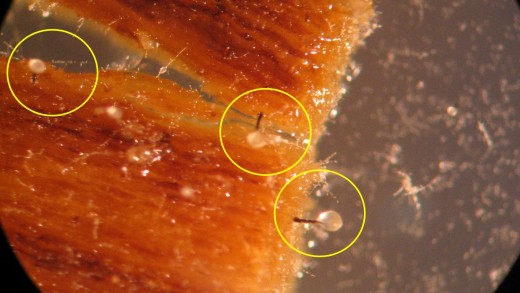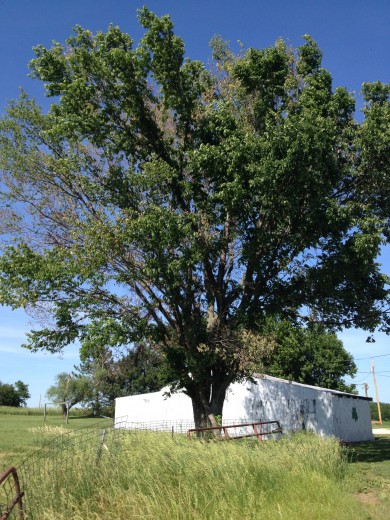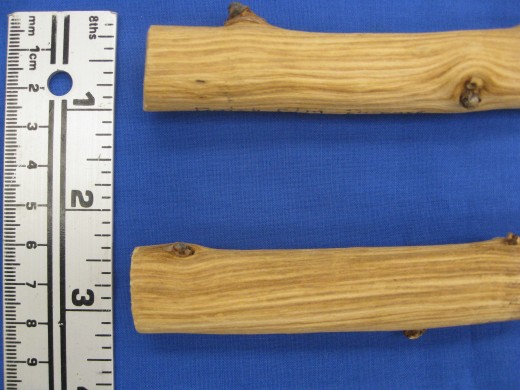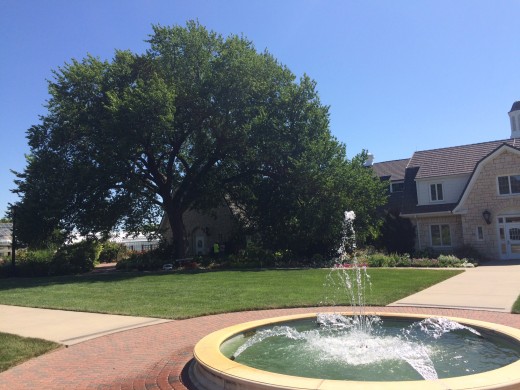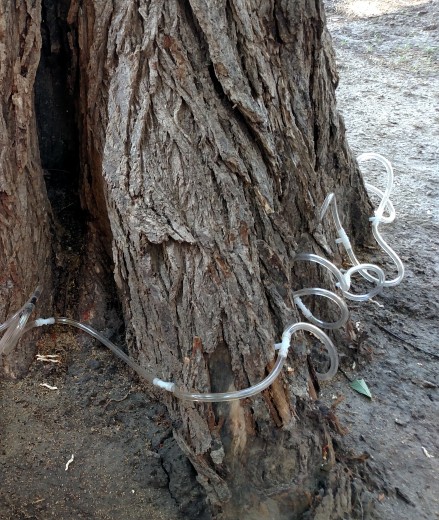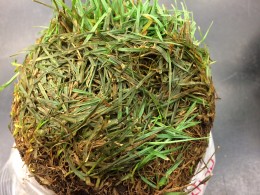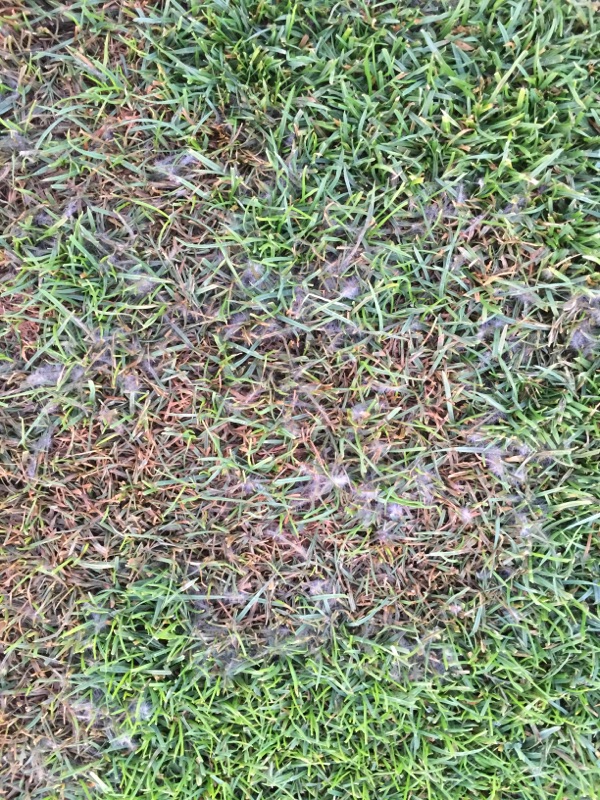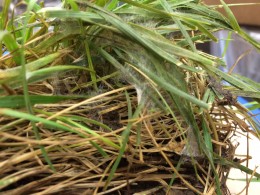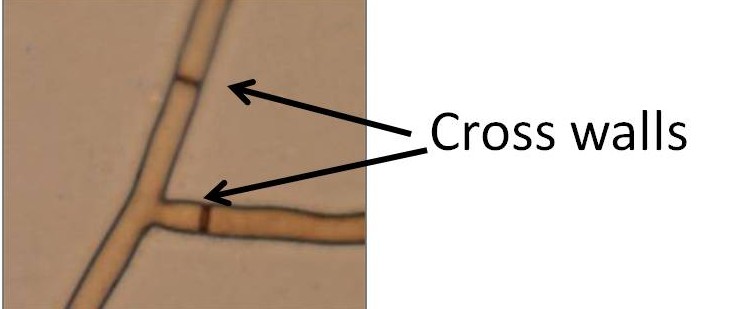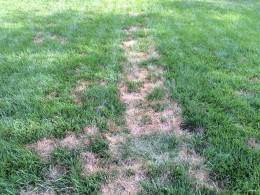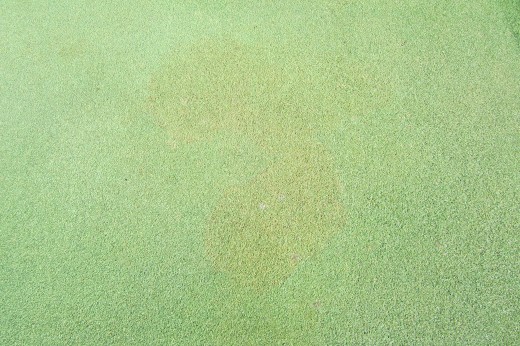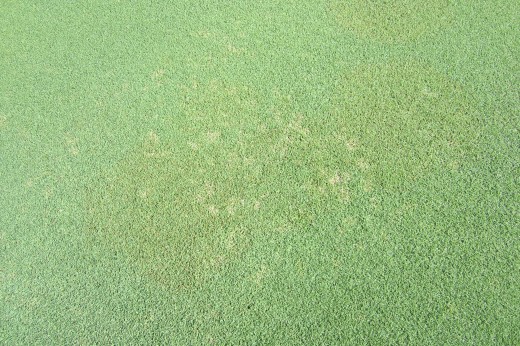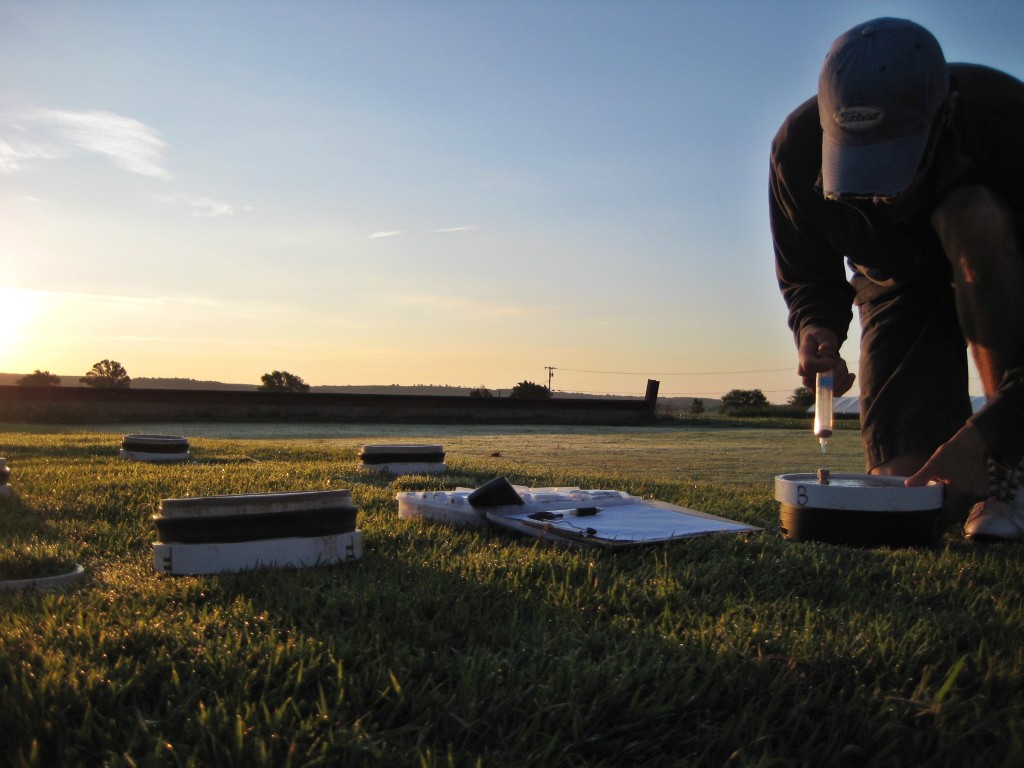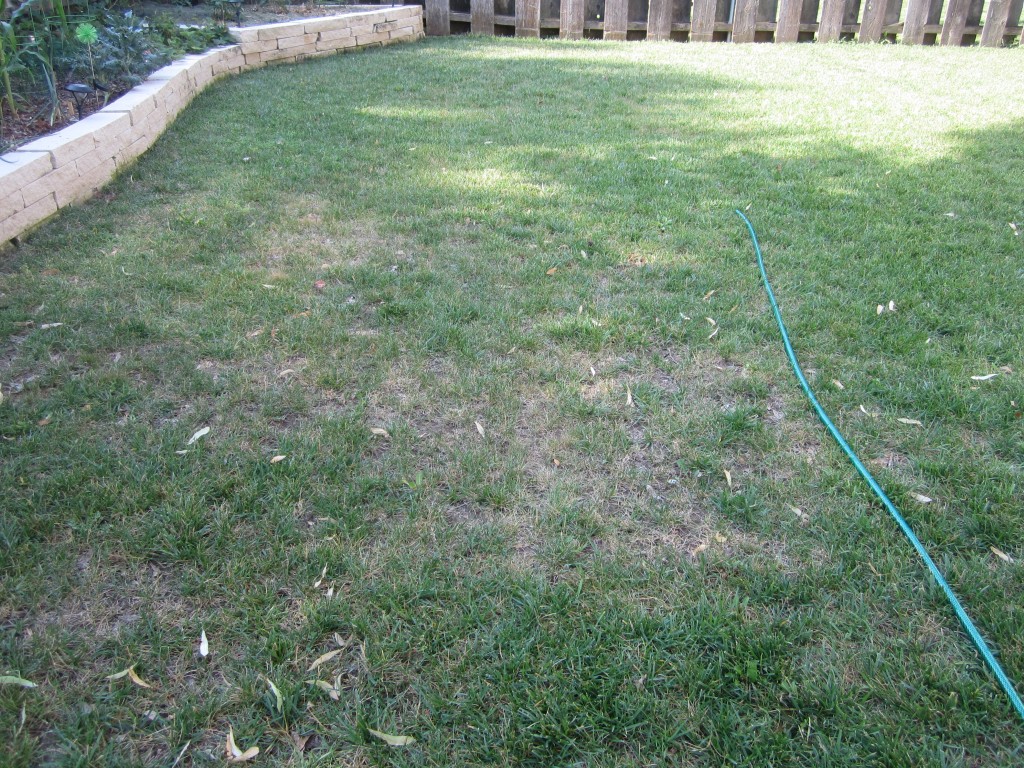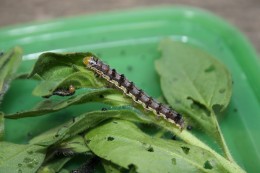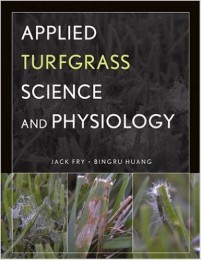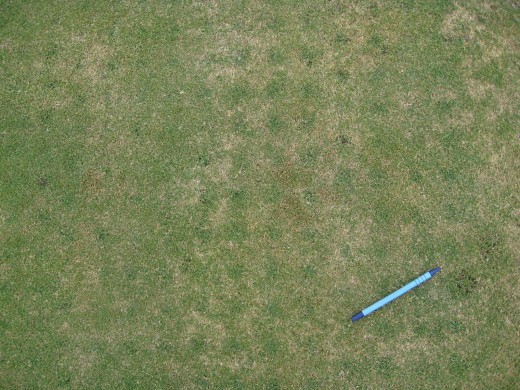(Megan Kennelly, KSU Plant Pathology)
I am not great with sports metaphors, but I’m going to give this a chance. I was looking at declining roots in the microscope and thought…
Growing bentgrass putting greens in Kansas in summer is like coaching an athlete riding the Tour de France.
Actually, it’s even harder because instead of a mere 21 day grind it can be a 3-month grind.
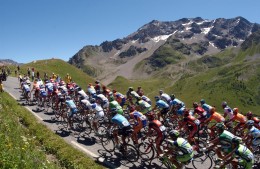
In my story here, you are the coach, the turf is the athlete, and the rootzone/soil is the bicycle.
Maybe you are lucky and have a high budget “bike” for your athlete. The bike (the rootzone) was well-built, top-of-the-line, with excellent construction, drainage, excellent sand, etc. The biker (the turf) undoubtedly will still have to work hard, especially in the “mountain stages” (those weeks with high humidity, high temperatures of 100 and lows of 81). But at least the bike itself (the soil) is not going to add to the challenge and make it any harder than it needs to be.
Maybe you are less lucky, though, and what you have for your athlete is this, a Huffy beach cruiser:
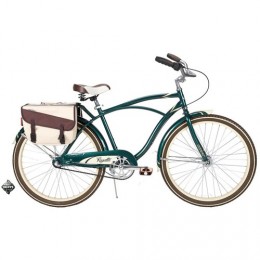
It’s what your sponsors are able to provide for your athlete. When your turf is not riding the Tour de France, like when it is growing from September through May, this bike works okay. It gets the job done. However, when the going gets tough (June, July, August), it is VERY tough. It is VERY VERY VERY tough in the mountain stages. The bike is slow and clunky. The turf is already stressed, and the bike just makes it worse.
What can you do?
Like a coach training an athlete for the Tour de France, preparing your grass for summer is a year-round commitment. Build the best bike you can. That is, build the best soil profile you can. Aerify and verticut in the fall. Reduce shade and improve air flow. Get on a regular topdressing program.
Your athlete needs food, too, not just a bike. Green photosynthetic tissue = food. Raise the mowing height a tiny bit, or roll instead of mowing, or skip mowing now and then. Don’t just do this in summer – consider doing this in spring/fall when the grass is growing. Put down adequate N in the fall, and spoon-feed during summer. Your athlete can’t ride up the mountain if it is starving.
Explain to your sponsors (your golfers/members) that if your budget is a Huffy beach cruiser, they can’t expect that same as with a high budget piece of equipment. Maybe they can increase the budget, and at least get a moderately prized bike (pay for some extra aerification in the fall, buy some equipment to do some needle-tining in summer). Maybe they don’t even know it’s a Huffy, and with some explanation, you can get permission to rebuild some problematic greens. Dig up some cores, show it to them, and talk about drainage, root health, oxygen, etc. Communication is critical.
If the athlete is showing signs of stress, get help right away.
I know this metaphor was a little clumsy – if you made it to the finish, congratulations!
